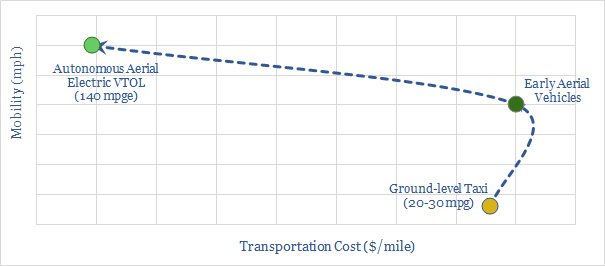
…The technology is advancing rapidly. Fuel economies and costs will both be transformational. Aerial vehicles accelerate the energy transition. These conclusions are all explained in depth, in our new, 20-page…
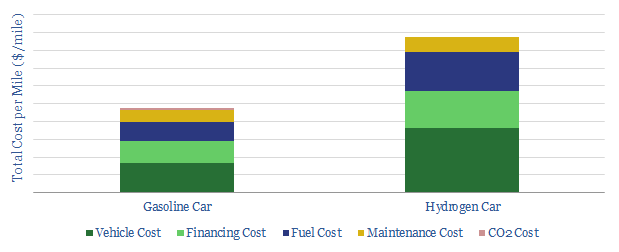
We have modelled the relative economics of hydrogen cars fed by renewable energy and hydrolysis of water, to assess whether they can be cost-competitive. In our base case US assumptions,…
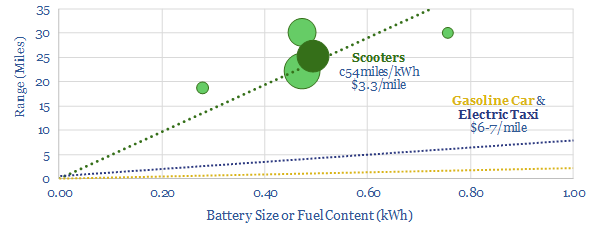
…higher energy efficiencies, higher convenience and c50% lower costs than gasoline vehicles, over short 1-2 mile journeys. Our 12-page note explores the consequences. $289.00 – Purchase Checkout Added to cart Page 2…
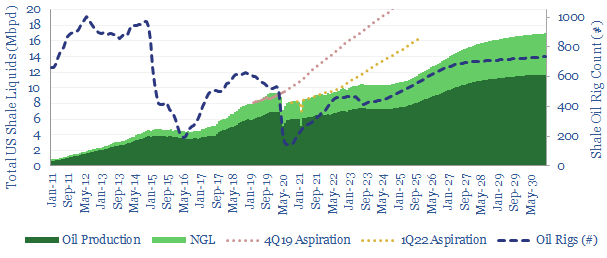
What outlook for US shale in the energy transition? This model sets out our US shale production forecasts by basin. It covers the Permian, Bakken and Eagle Ford, as a…
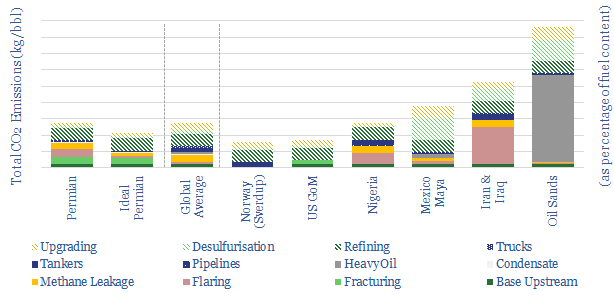
…sulphur content, production processes and transportation to market. $499.00 – Purchase Checkout Added to cart We estimate energy return on energy invested is c7-10x across the entire oil industry, including upstream, midstream…
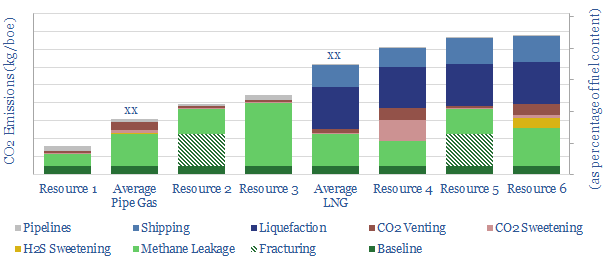
…order to yield a full-cycle CO2 intensity factor. Scope 3 CO2 is best estimated at 56 kg/mcf, based on bond enthalpies. Energy return on energy invested is c20x across piped…
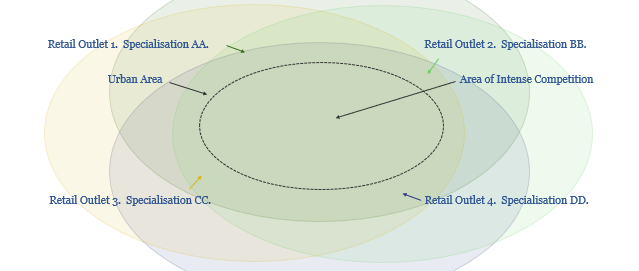
Small, autonomous, electric delivery vehicles are emerging. They are game-changers: rapidly delivering online purchases to customers, creating vast new economic possibilities, but also driving the energy transition. Their ascent could…
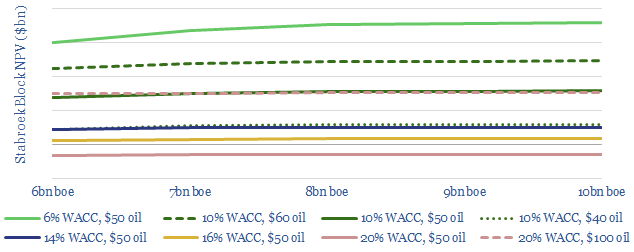
…energy transition are elevating hurdle rates elsewhere and denting valuations. In Guyana’s case, the upshot could add $8-15bn of NAV, with a total CO2 intensity that could be c50% below…








